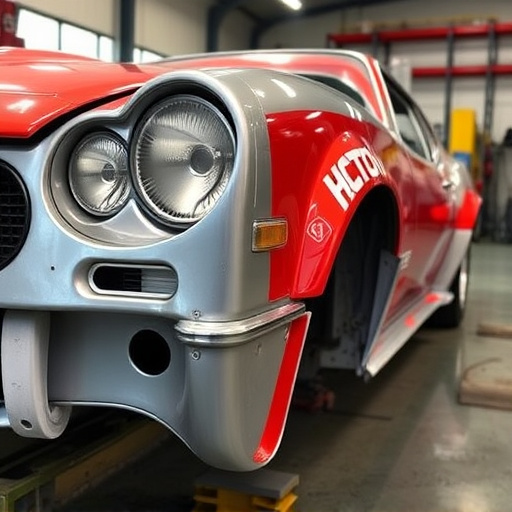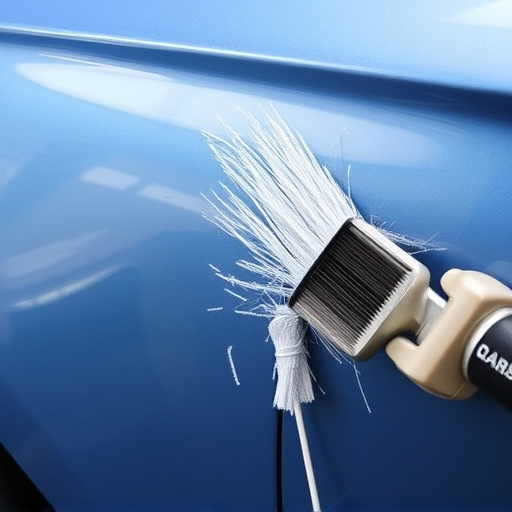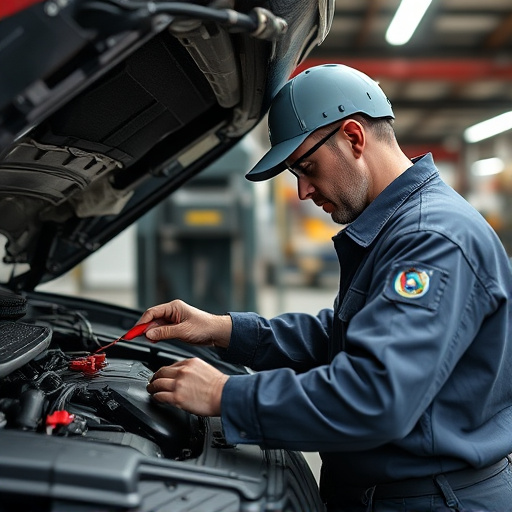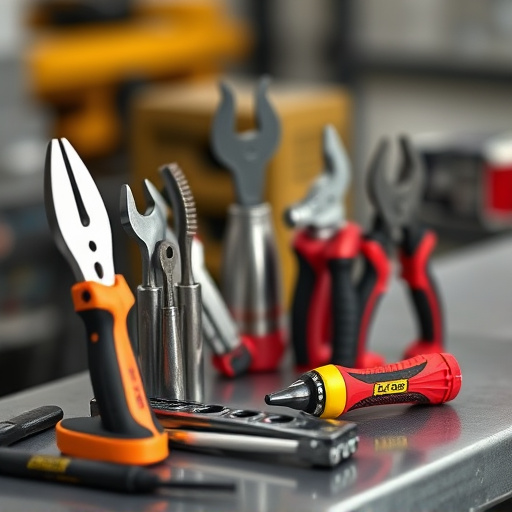Understanding B-pillar replacement timelines is crucial for vehicle maintenance. The schedule depends on factors like age, mileage, previous repairs, and damage extent. Efficient management involves strategic balancing of customer demand and shop capacity, segmentation marketing, digital tools for scheduling and tracking, and integrating repairs with other services. Regular inspections prevent issues, save costs, and enhance vehicle longevity through optimized maintenance routines.
In the realm of automotive maintenance, efficient management of B-pillar replacement and repair scheduling is paramount. This article delves into the strategic aspects of these processes, offering valuable insights for professionals. We explore understanding specific B-pillar replacement timelines, implementing effective repair scheduling strategies, and adhering to best practices for optimal maintenance. By mastering these techniques, folks can ensure a seamless, swift, and cost-efficient approach to B-pillar repairs, revolutionizing their fleet’s longevity and performance.
- Understanding B-Pillar Replacement Timeframes
- Strategies for Efficient Repair Scheduling
- Optimizing Maintenance: Best Practices for B-Pillar Repairs
Understanding B-Pillar Replacement Timeframes
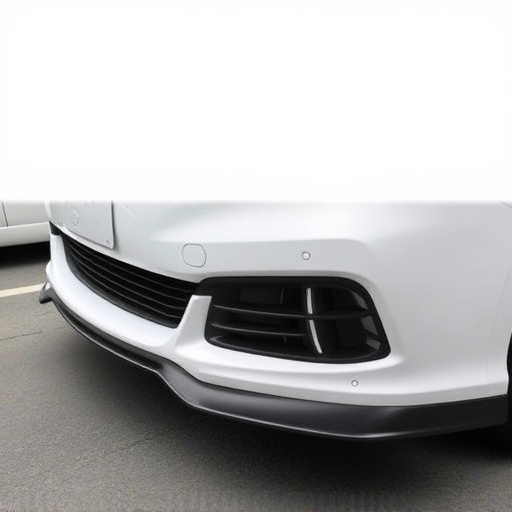
Understanding B-Pillar Replacement Timeframes
B-pillar replacement is a critical aspect of vehicle maintenance that involves the timely replacement of structural components within a car’s body. These pillars play a vital role in maintaining the vehicle’s integrity and safety, especially during collisions or accidents. The replacement timeframe for B-pillars depends on various factors such as vehicle age, mileage, previous repairs, and the extent of damage. Regular inspections are crucial to identifying potential issues early, preventing further complications, and ensuring optimal safety standards.
Auto glass replacement and scratch repair often accompany B-pillar replacements due to their interdependence within the vehicle bodywork. During a B-pillar repair, technicians may assess the condition of surrounding areas, including windows, doors, and frames, leading to additional necessary repairs. Staying on top of these maintenance schedules not only enhances vehicle performance but also contributes to the overall longevity of the vehicle’s structural components.
Strategies for Efficient Repair Scheduling

Efficient repair scheduling for B-pillar replacements requires a strategic approach that balances customer demand with shop capacity. One key strategy is to segment customers based on their needs and location, enabling targeted marketing campaigns that promote timely B-pillar replacement services. For instance, offering prompt service to customers in high-density areas or those with frequent need for auto repair near me can enhance satisfaction and loyalty.
Additionally, leveraging digital tools for scheduling and communication streamlines the process. Online booking systems and mobile apps allow customers to schedule B-pillar replacements, track progress, and receive reminders, enhancing convenience and reducing no-shows. Integrating these technologies with a scratch repair or dent removal service can further cater to diverse customer needs, ensuring a seamless and efficient experience from start to finish.
Optimizing Maintenance: Best Practices for B-Pillar Repairs

Optimizing maintenance routines for B-pillar replacements is a strategic move to enhance overall vehicle longevity and performance. Efficient scheduling plays a pivotal role in ensuring these repairs are executed promptly, minimizing downtime for car owners. When it comes to B-pillar replacement timeframes, several best practices emerge as industry standards. Firstly, regular inspections are crucial; identifying issues early allows for more precise planning. This proactive approach prevents minor problems from escalating, potentially saving on extensive luxury vehicle repair costs in the long run.
Implementing a structured maintenance calendar for B-pillar repairs facilitates seamless integration into an owner’s routine. Many automotive repair experts recommend scheduling these services during routine oil changes or other scheduled servicing intervals. Integrating B-pillar replacement within existing service appointments ensures convenience, making it less disruptive to the car owner’s schedule. Moreover, this strategy enables mechanics to catch potential issues early, as they have a comprehensive view of the vehicle’s maintenance history, thus delivering superior car paint services and ensuring a smooth, efficient repair process.
B-pillar replacements and efficient repair scheduling are key components of optimizing maintenance in any fleet. By understanding the replacement timeframes, implementing strategic repair planning, and adopting best practices, organizations can minimize downtime and extend the lifespan of their vehicles. Regularly reviewing and updating these processes ensures a robust maintenance strategy, ultimately contributing to cost savings and enhanced operational efficiency.
